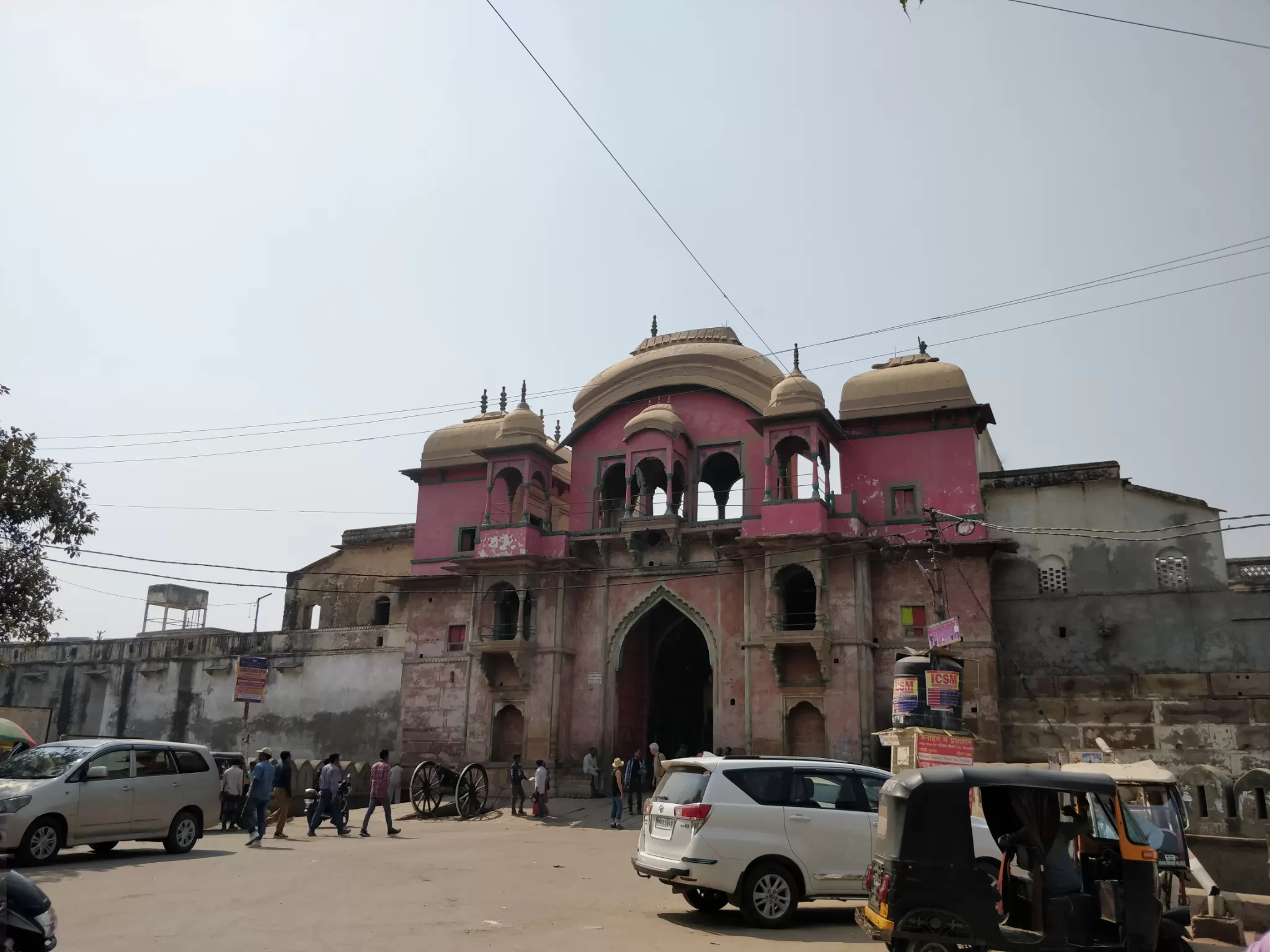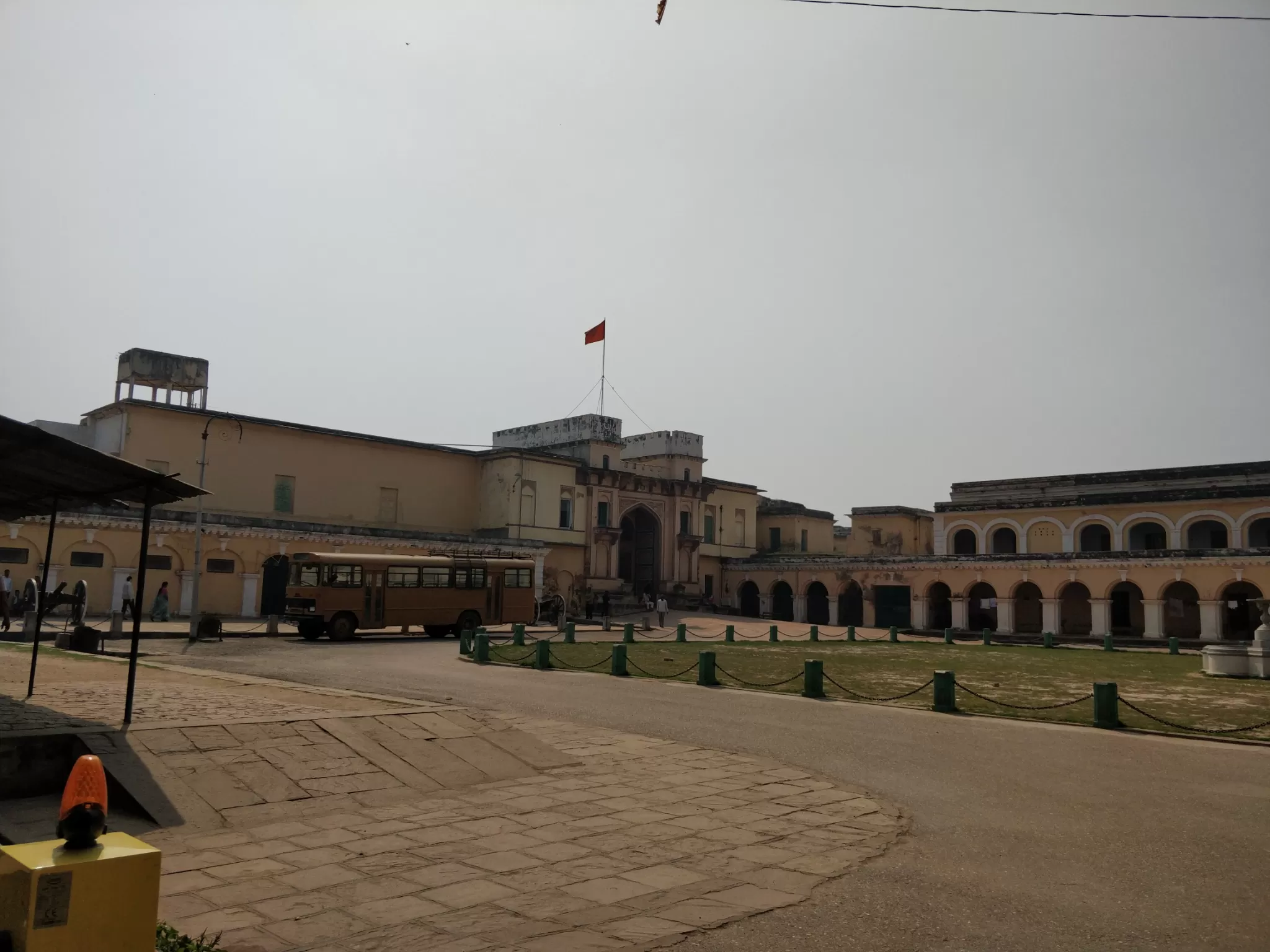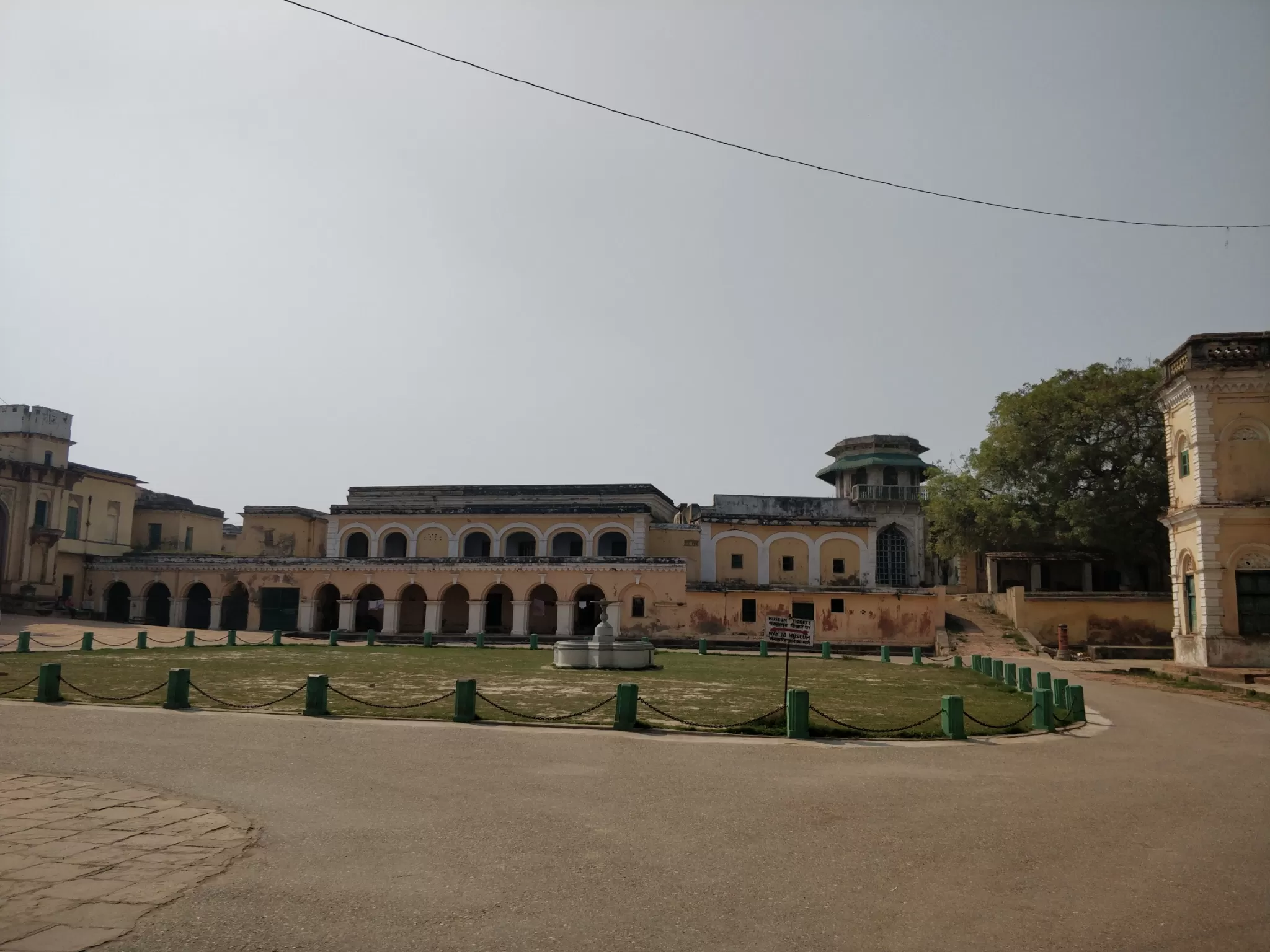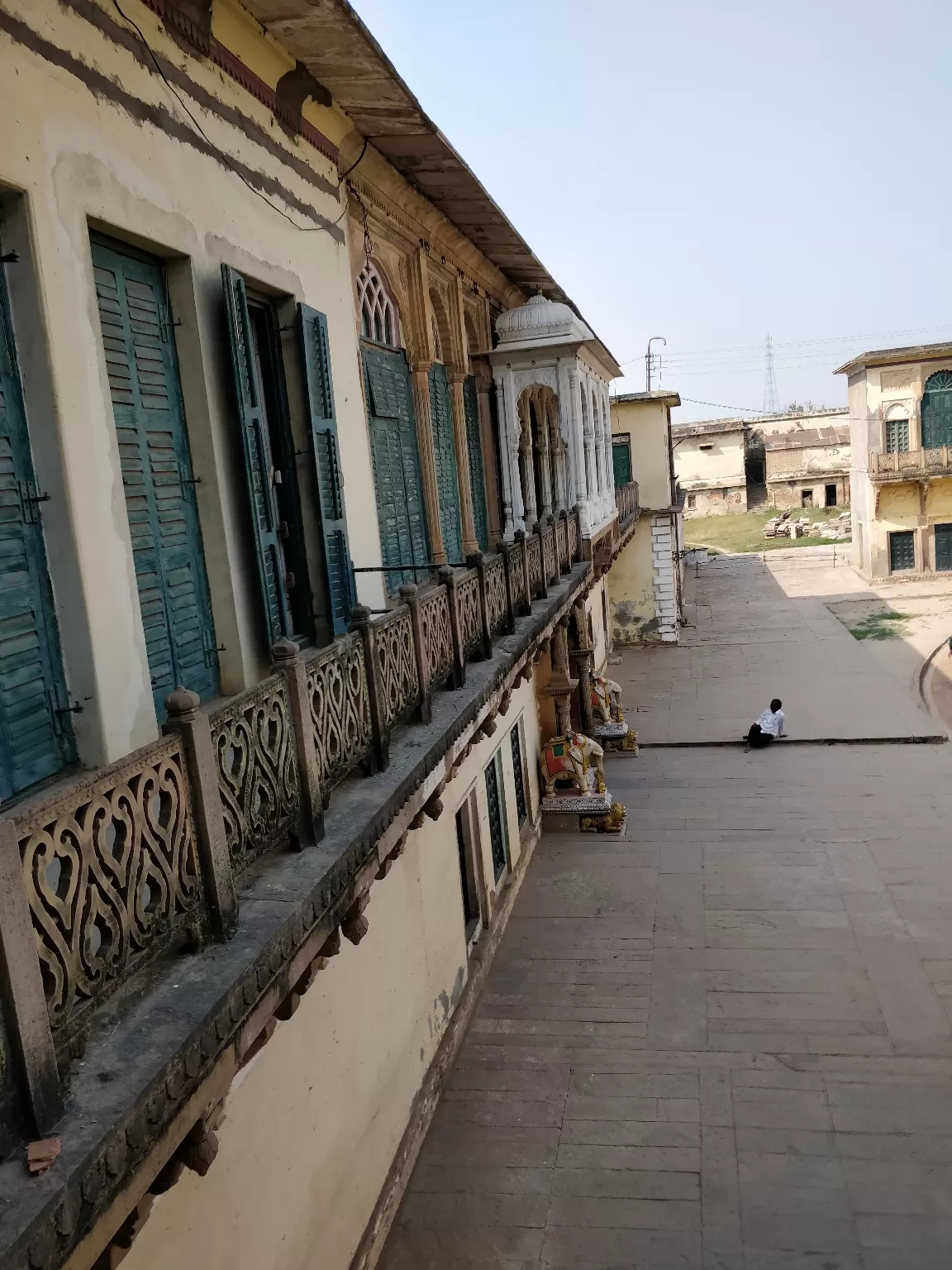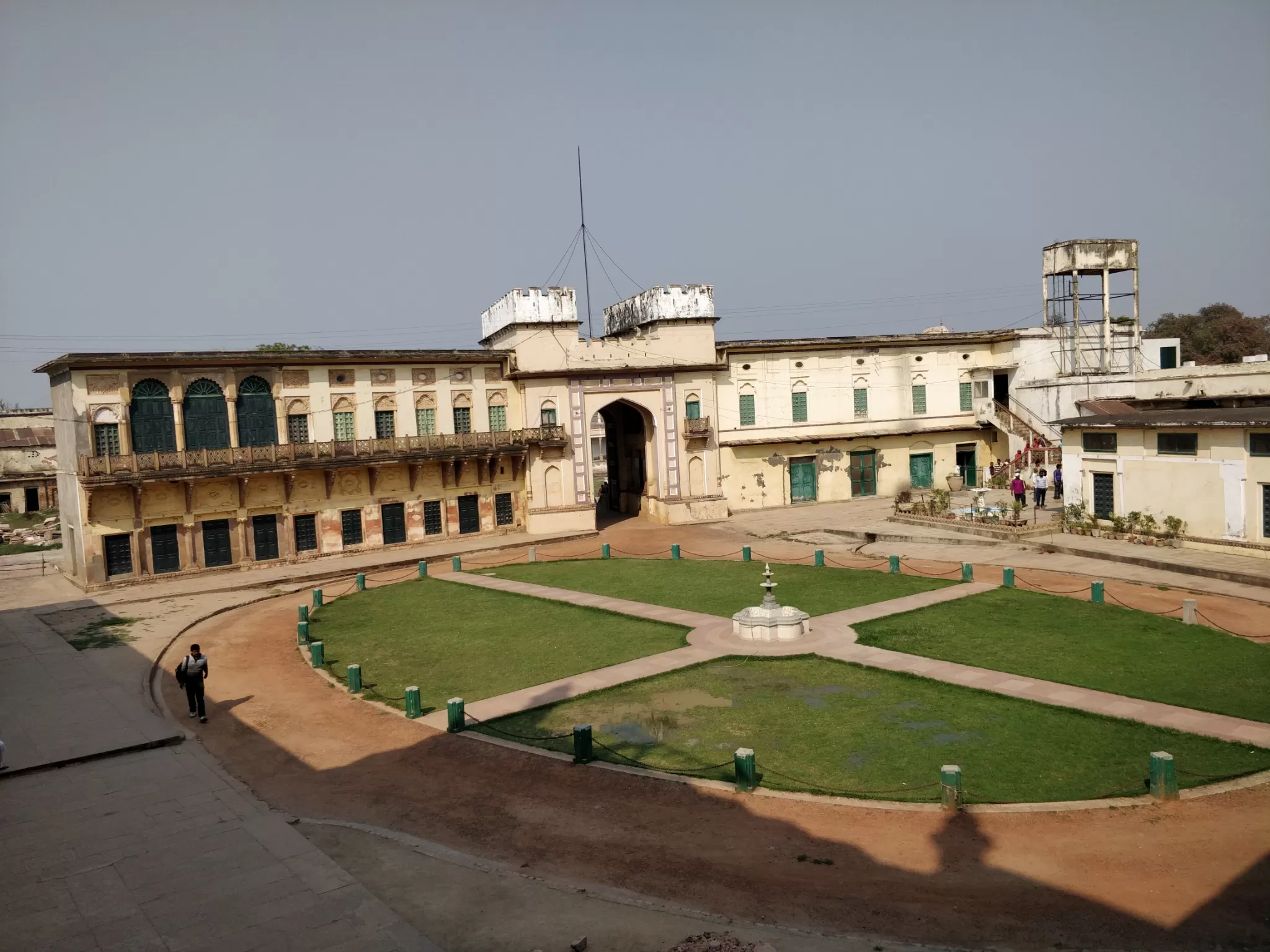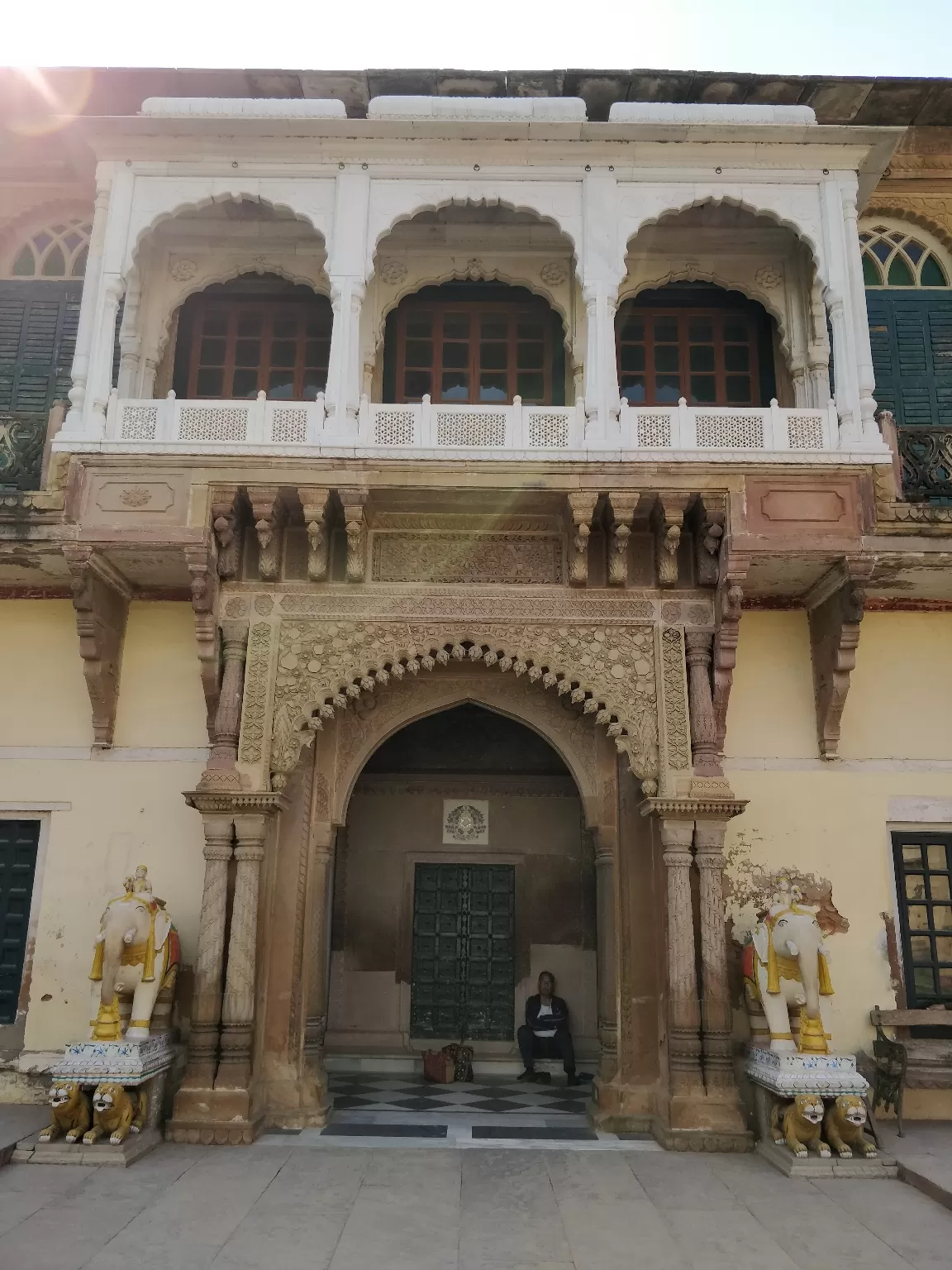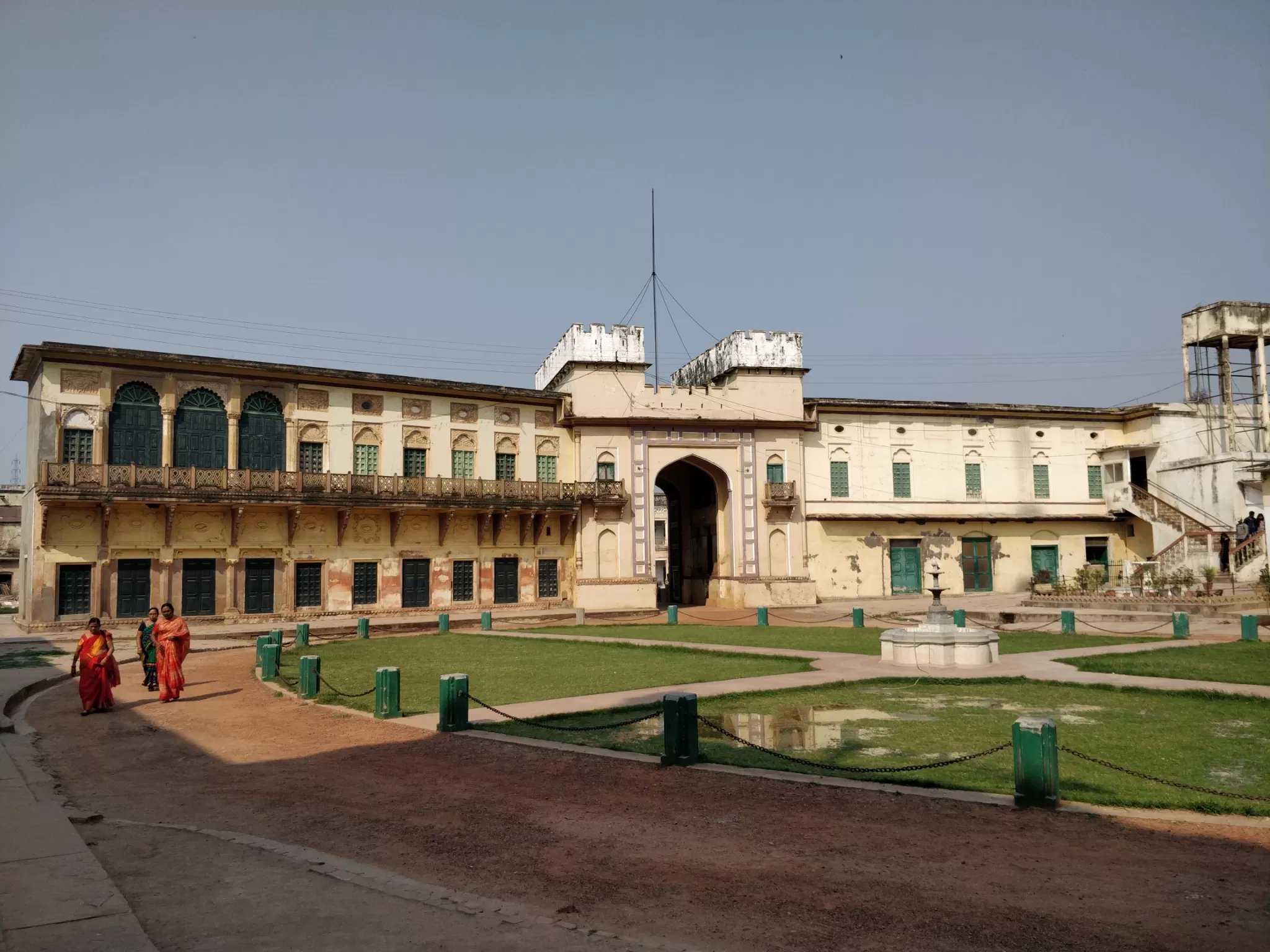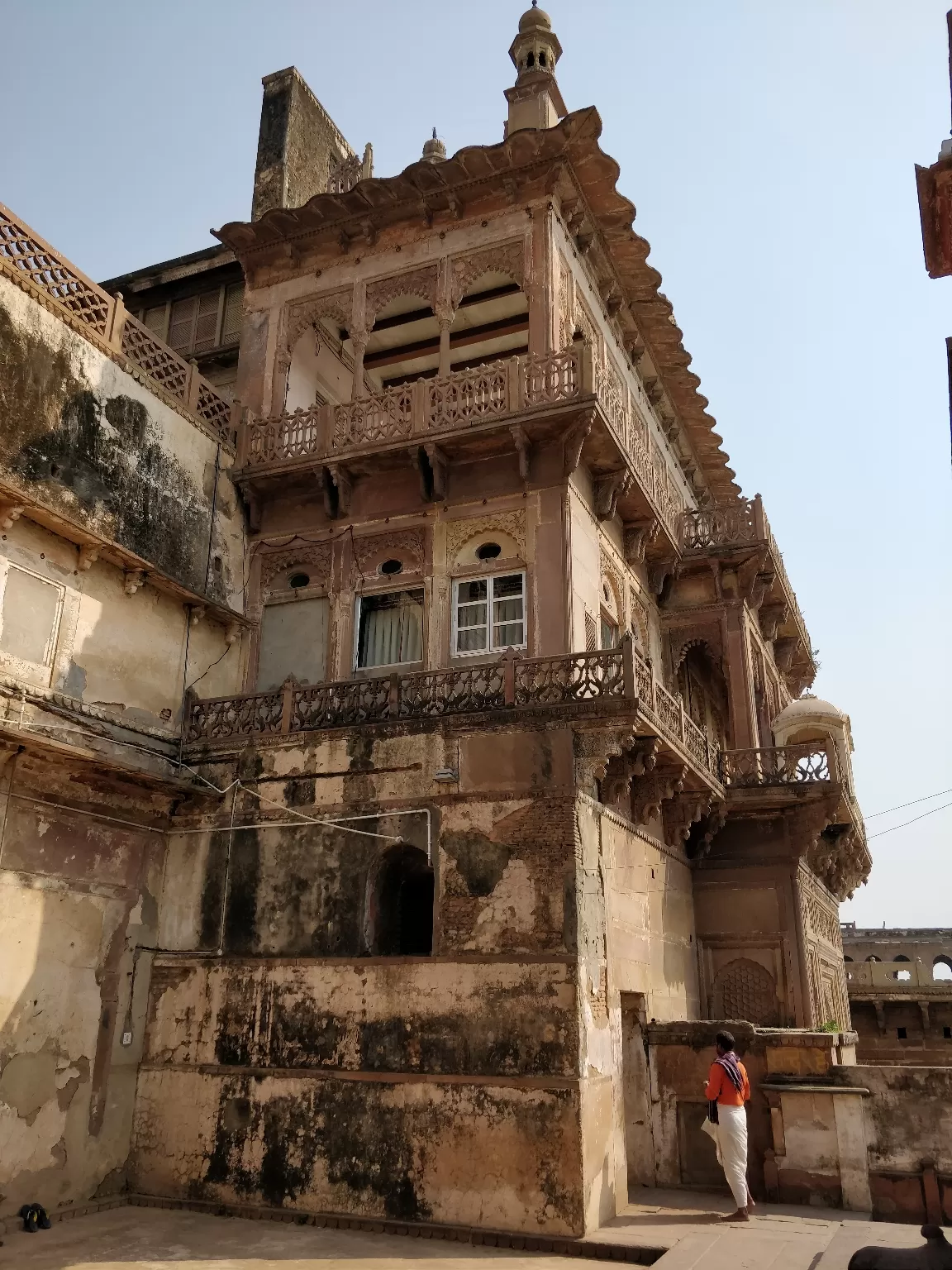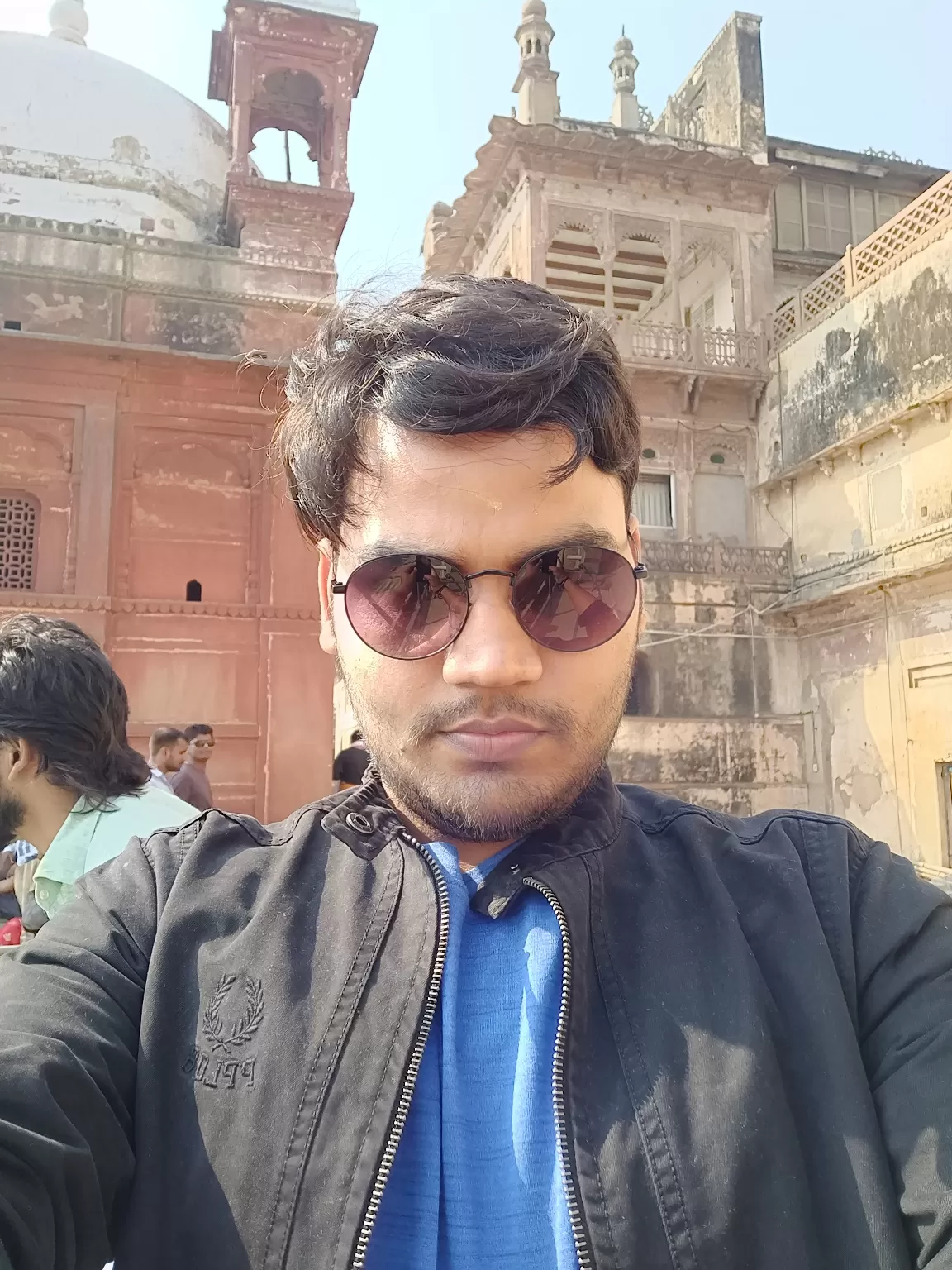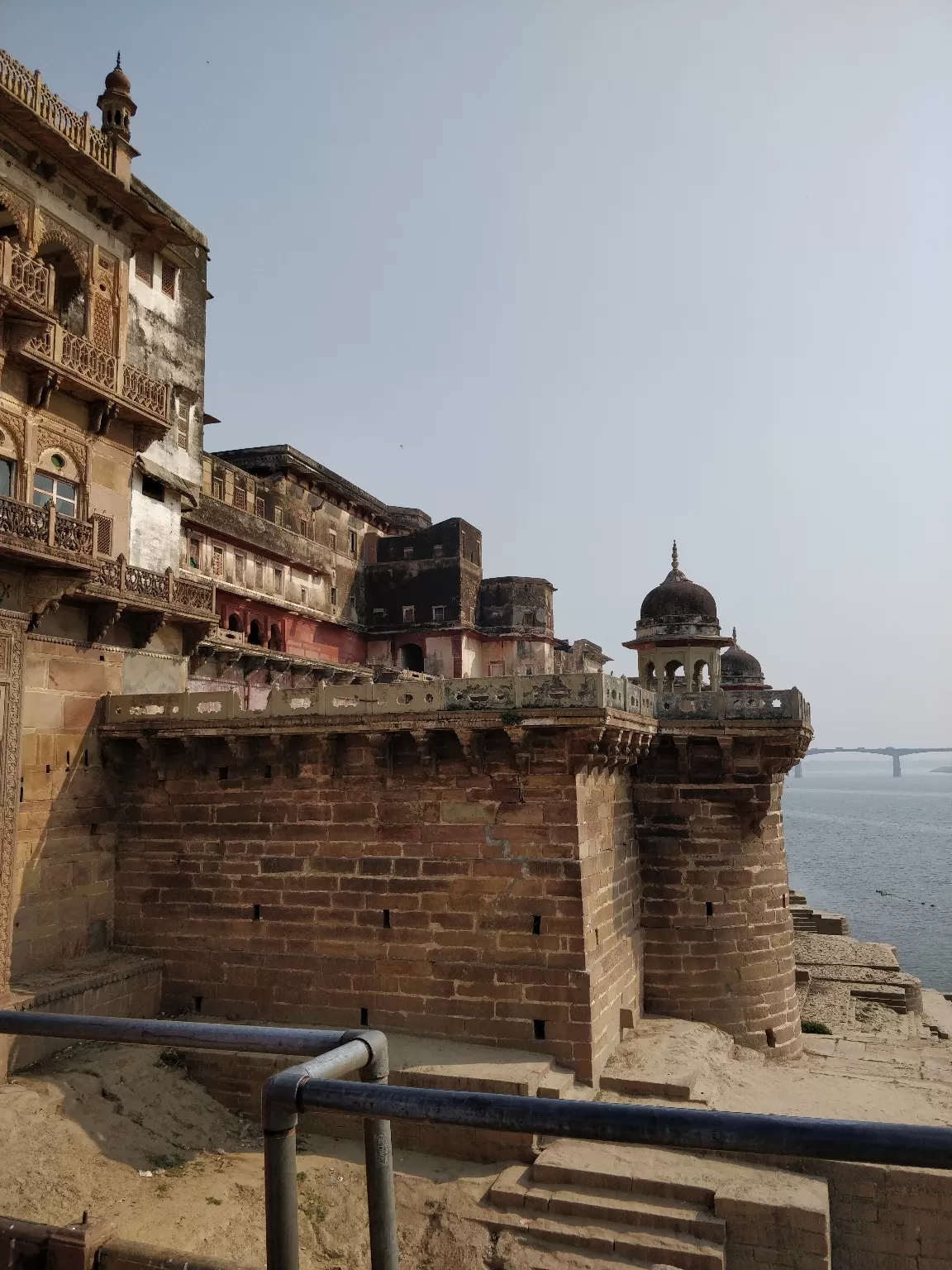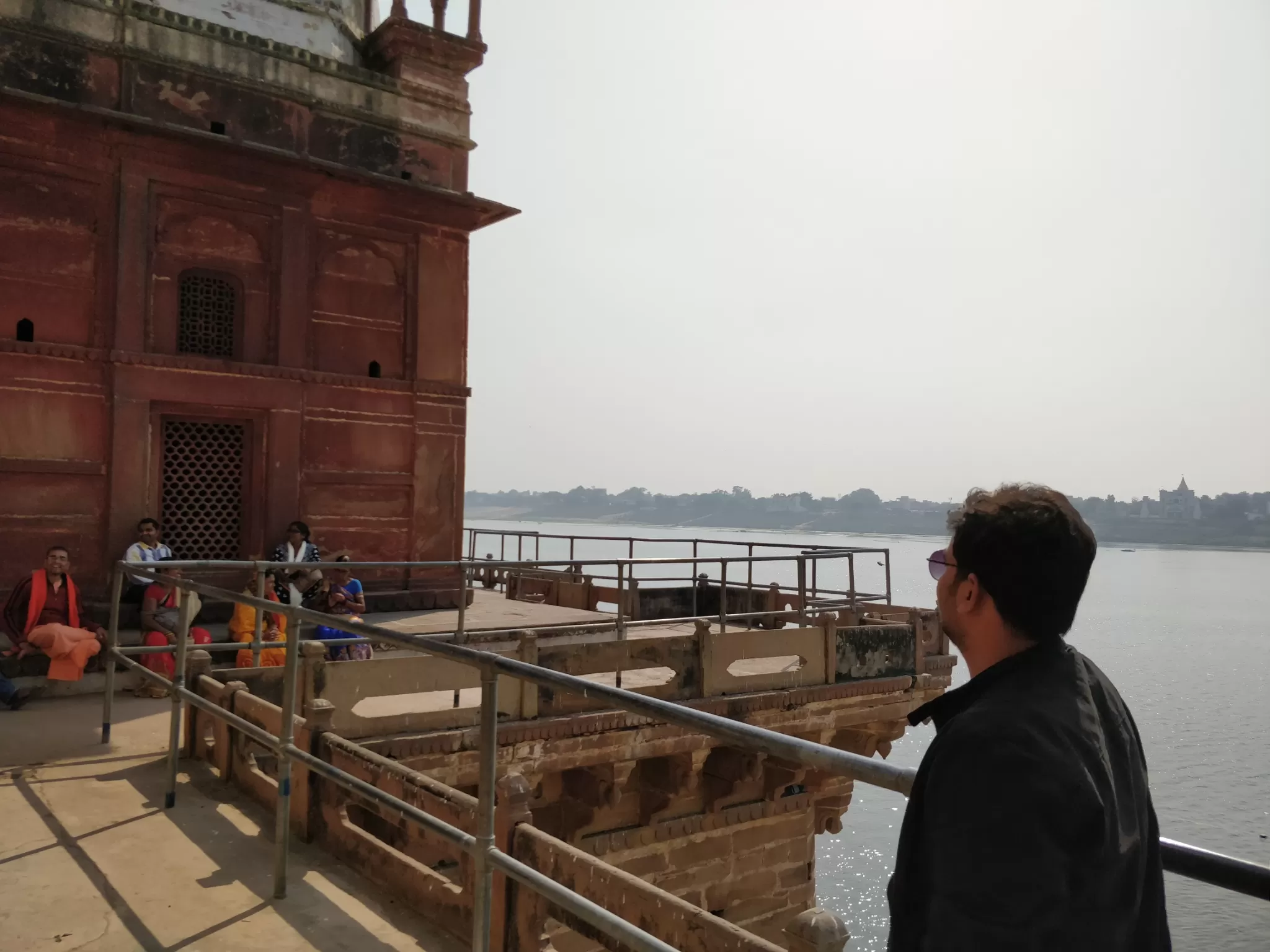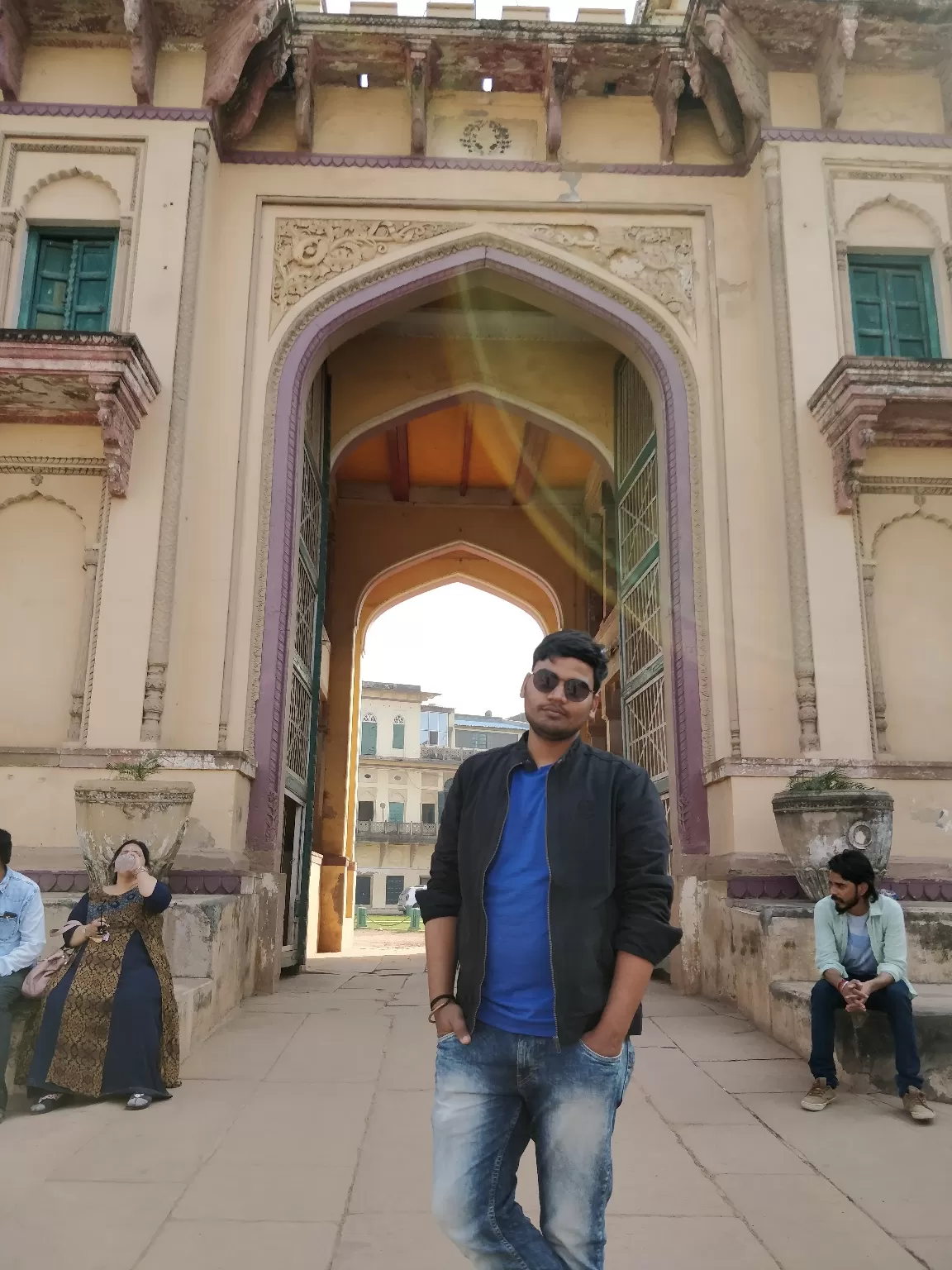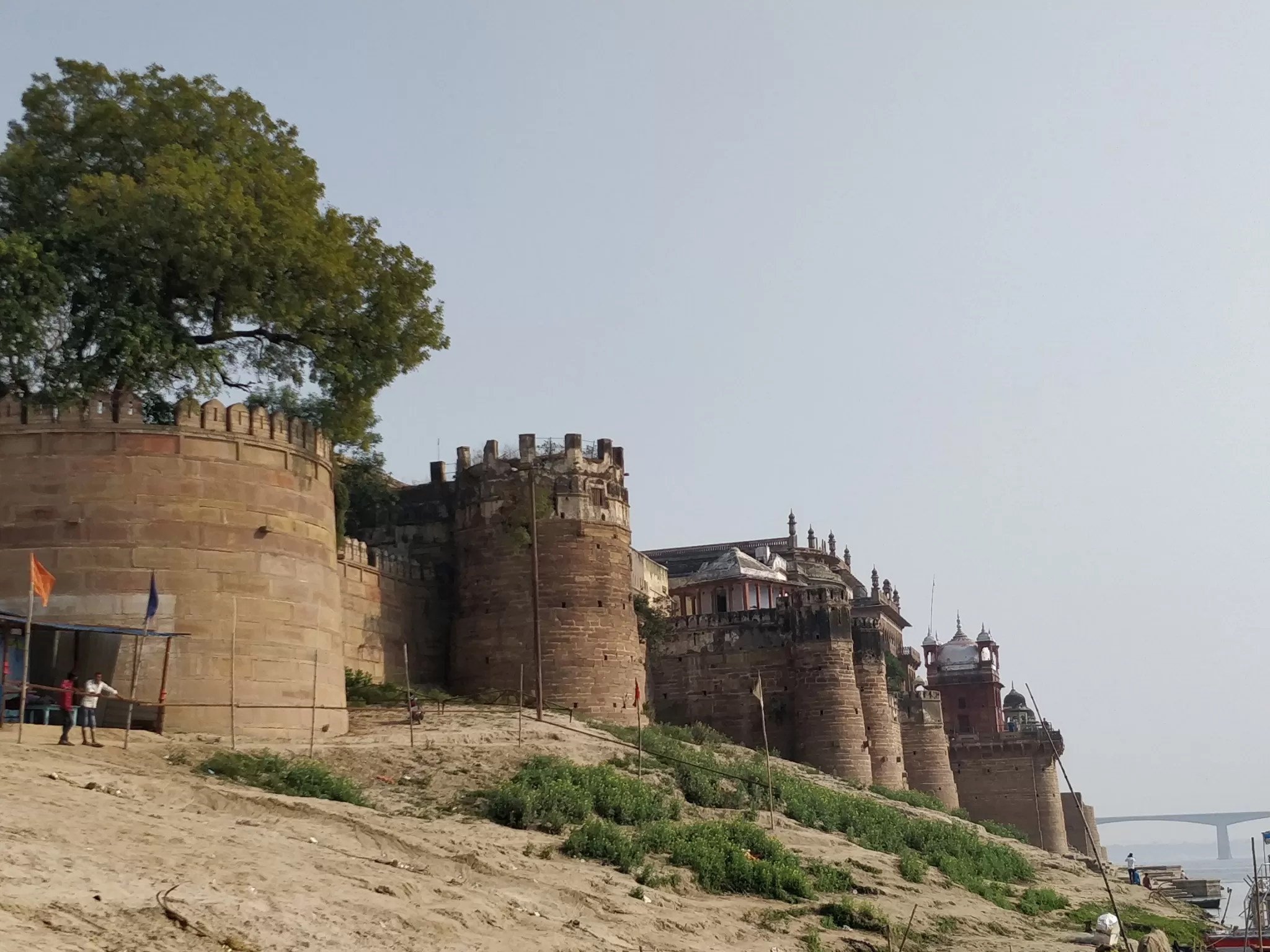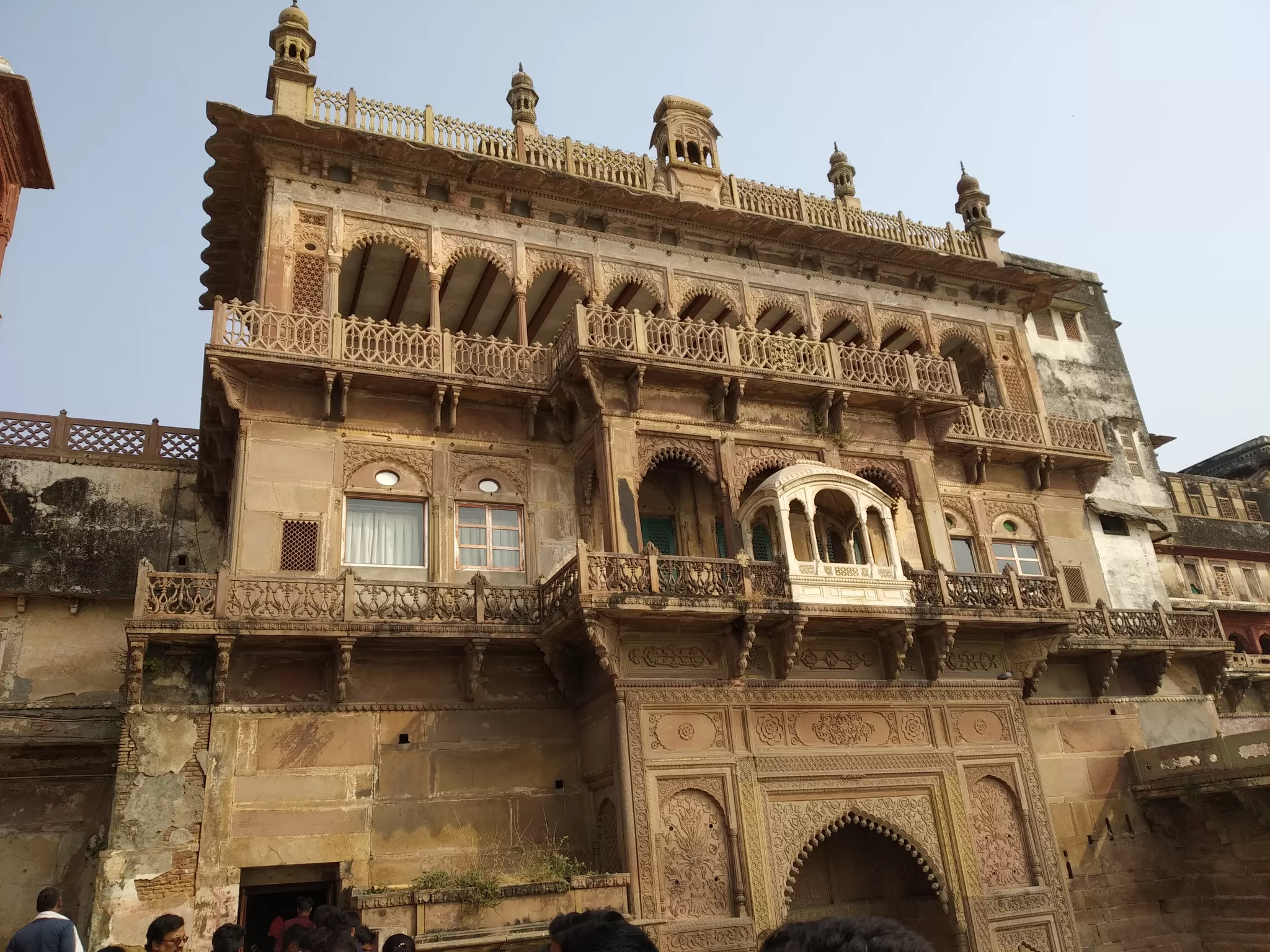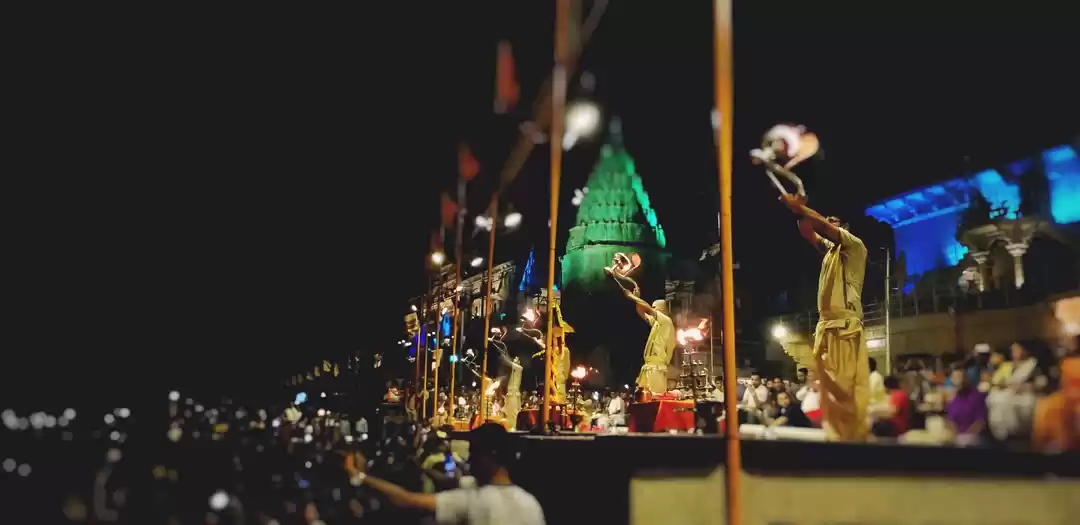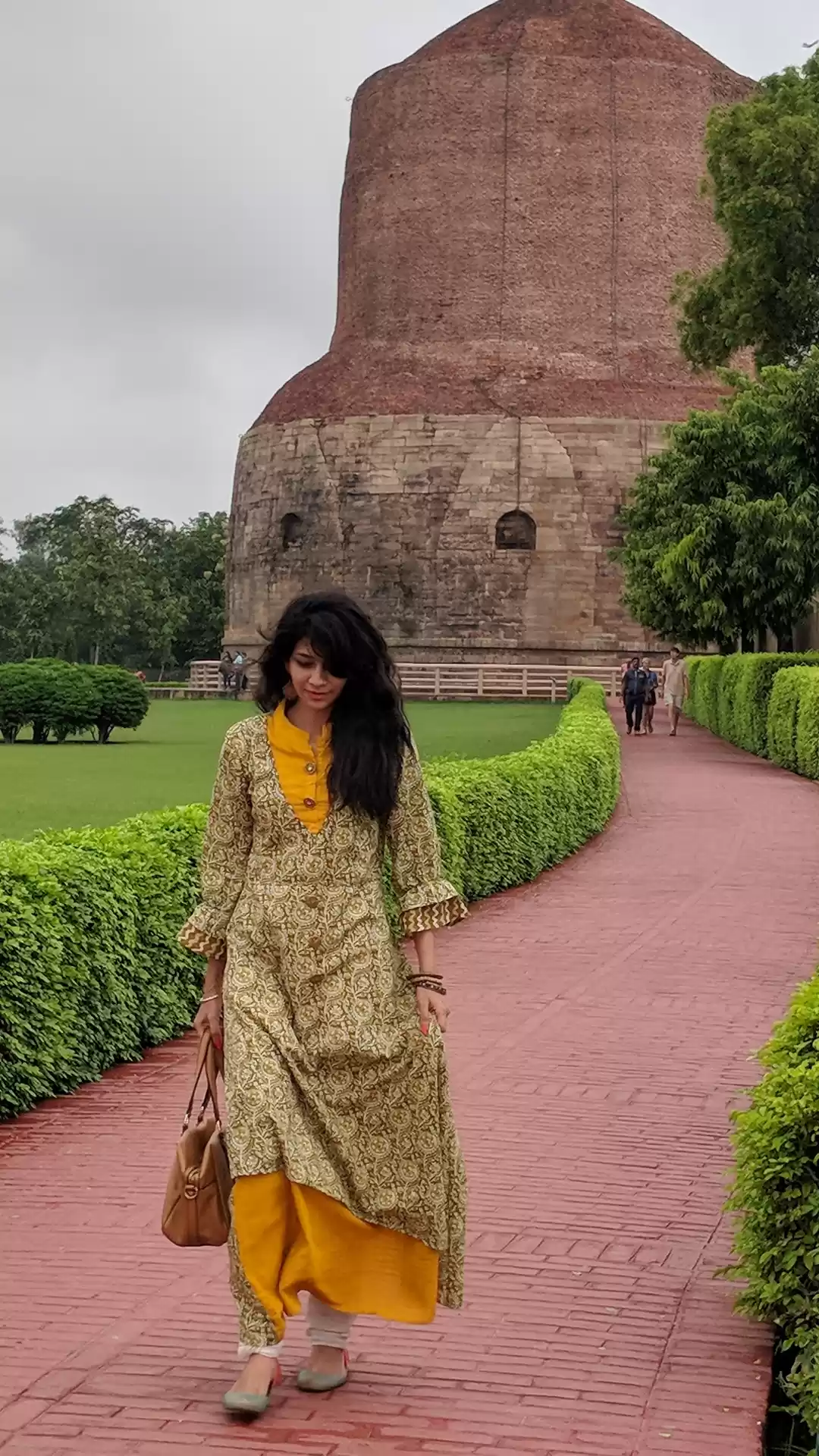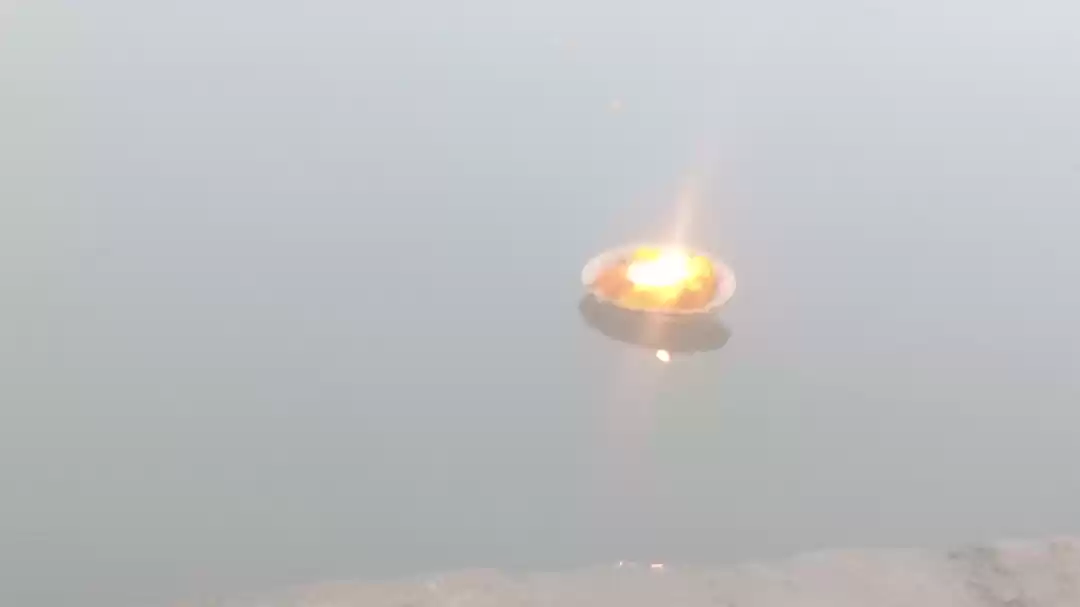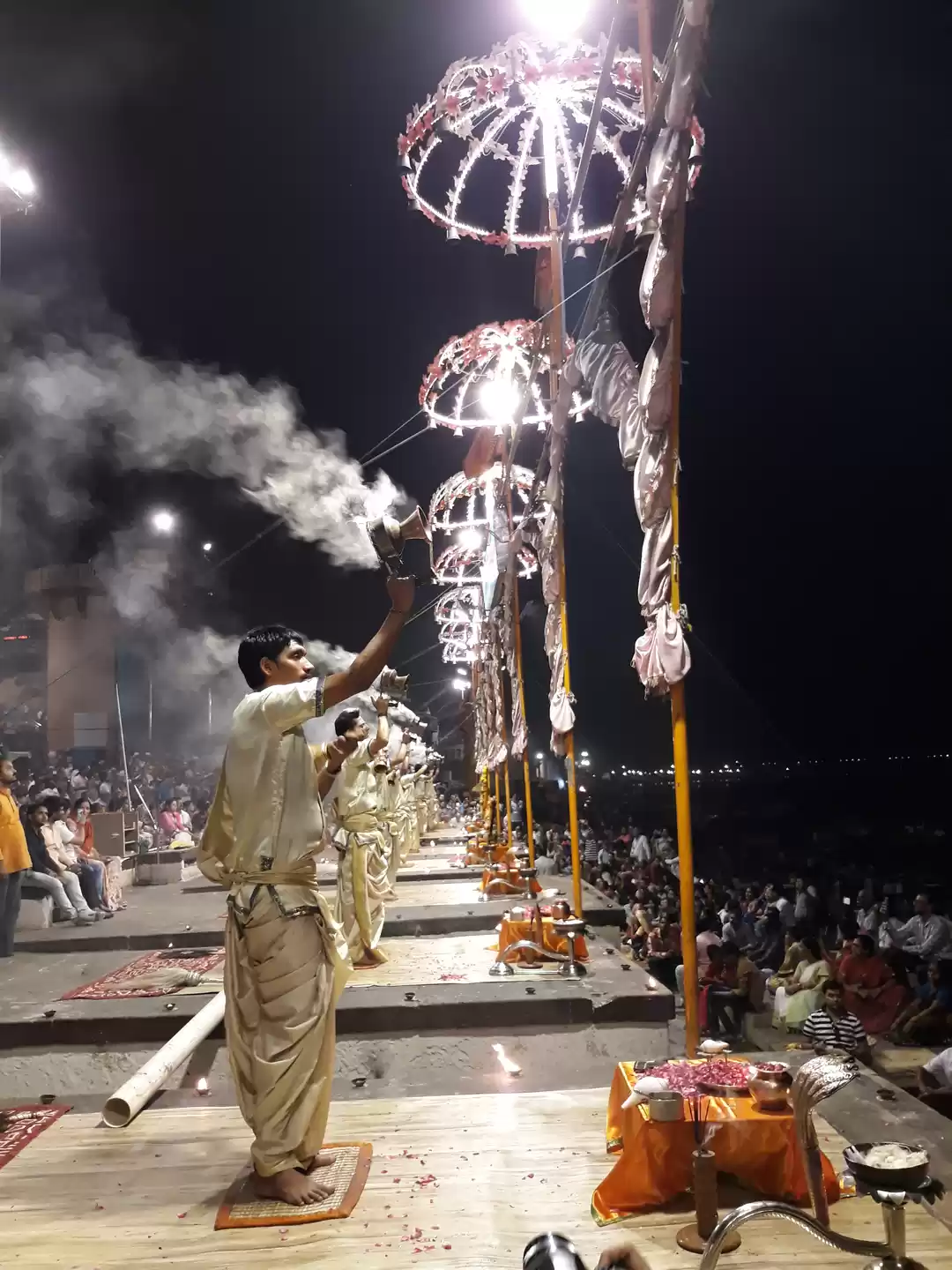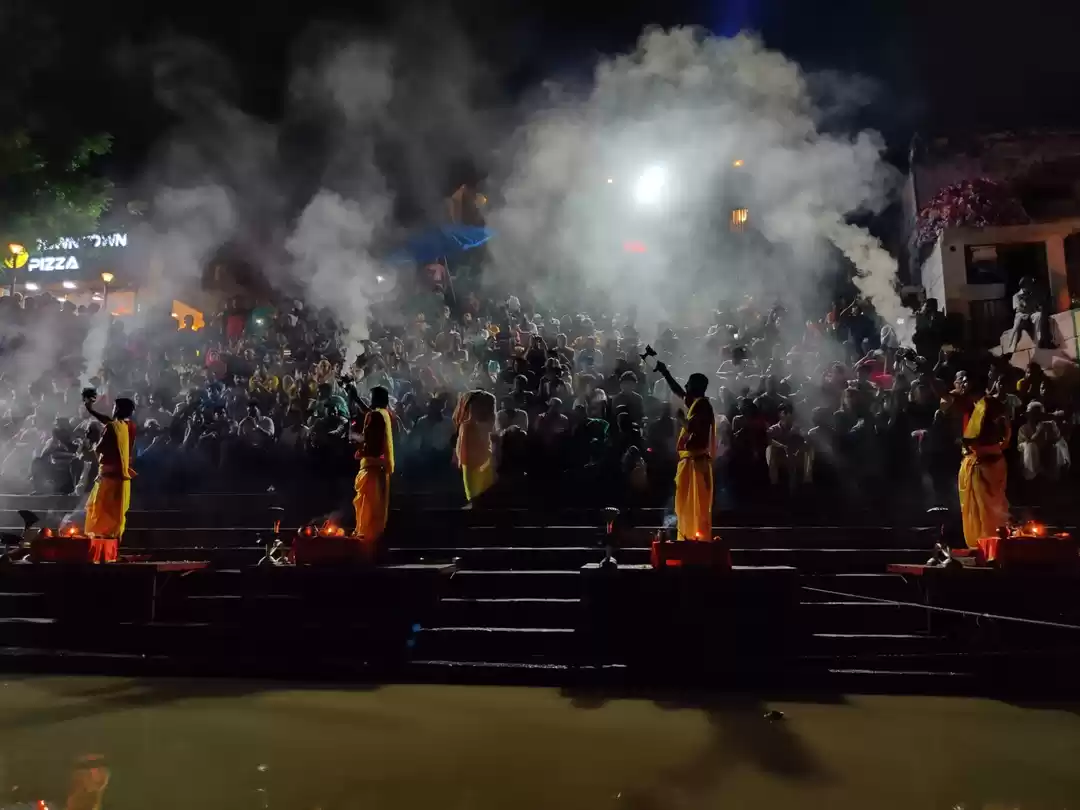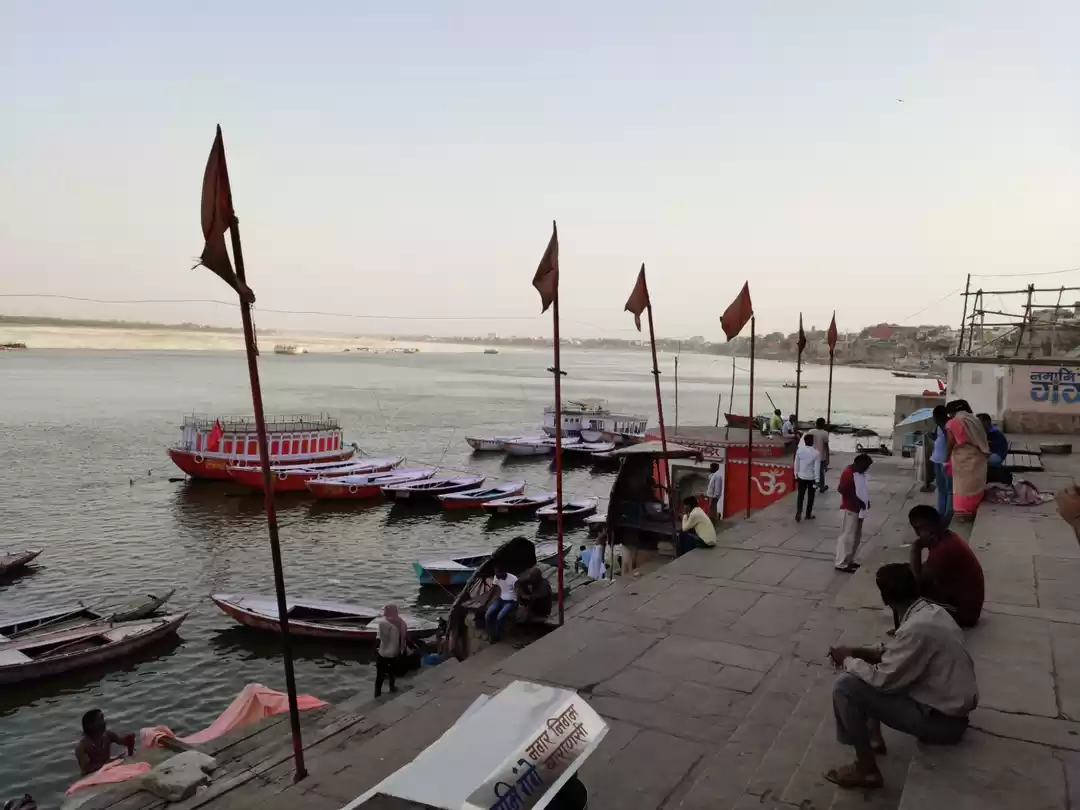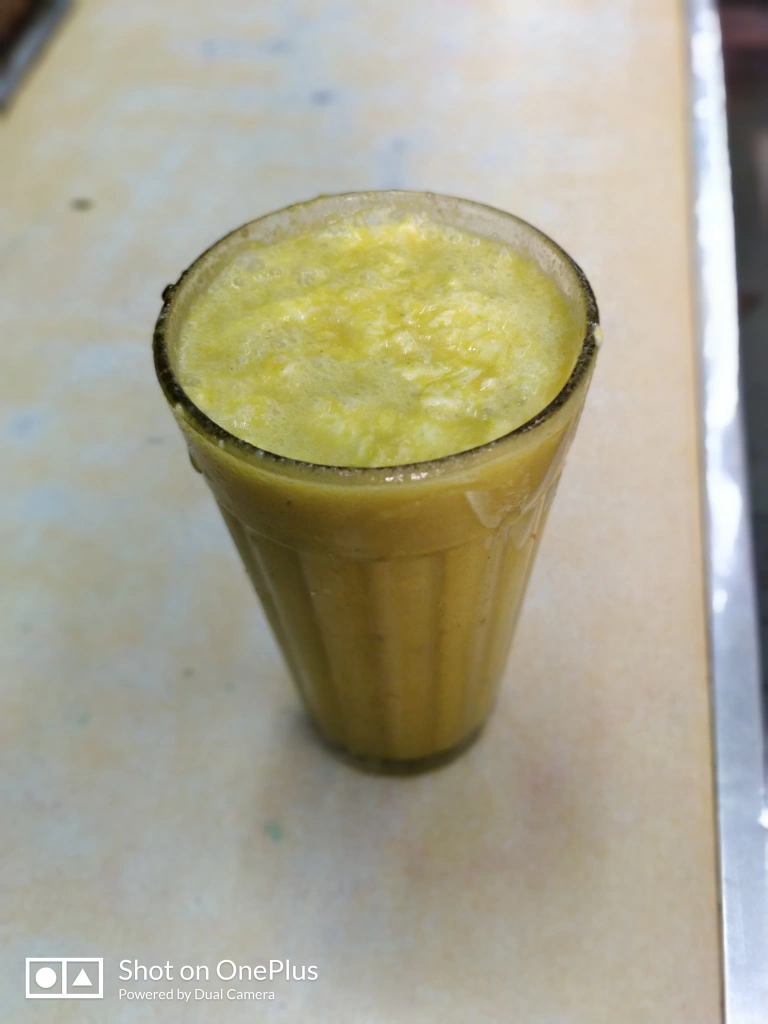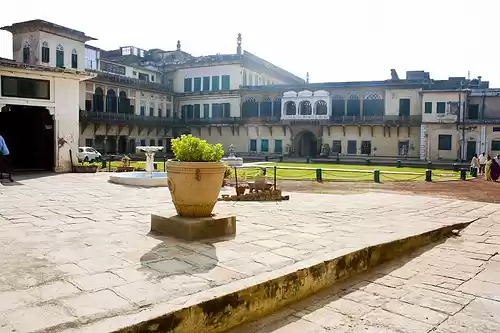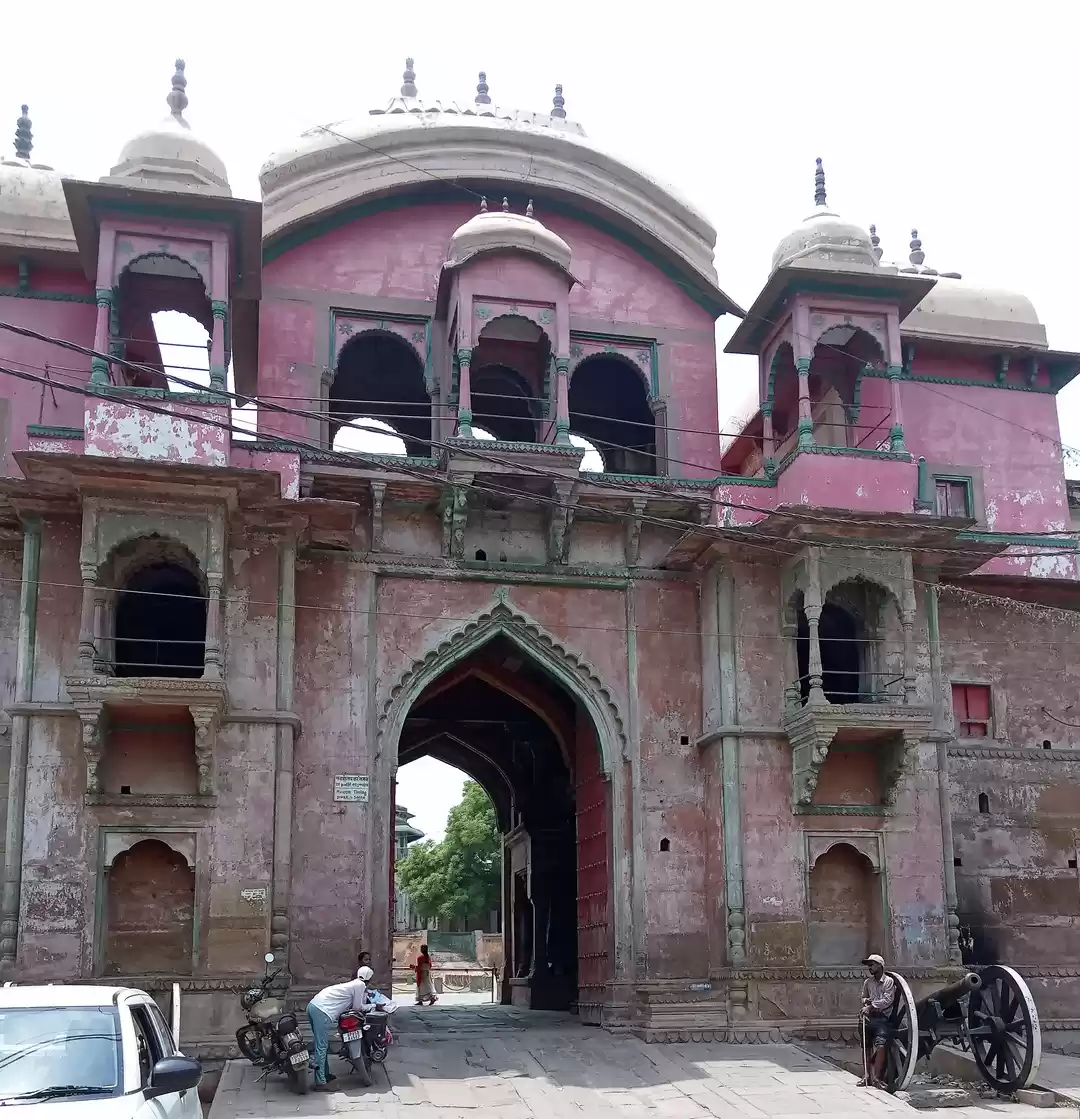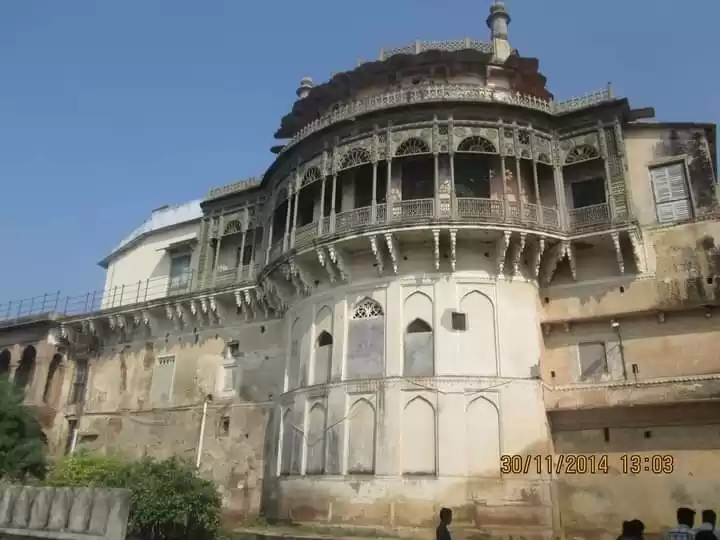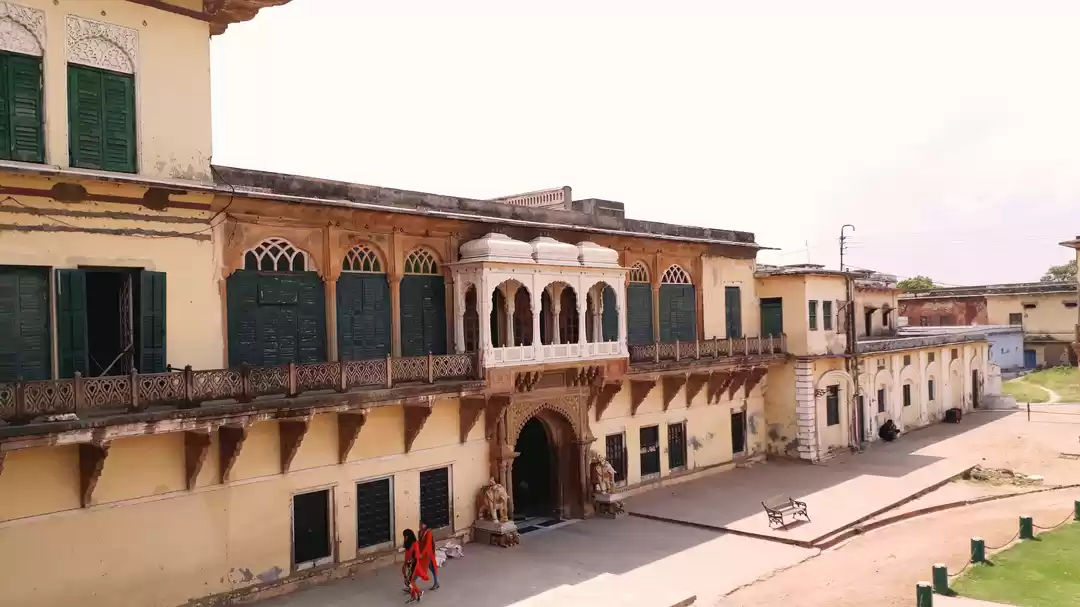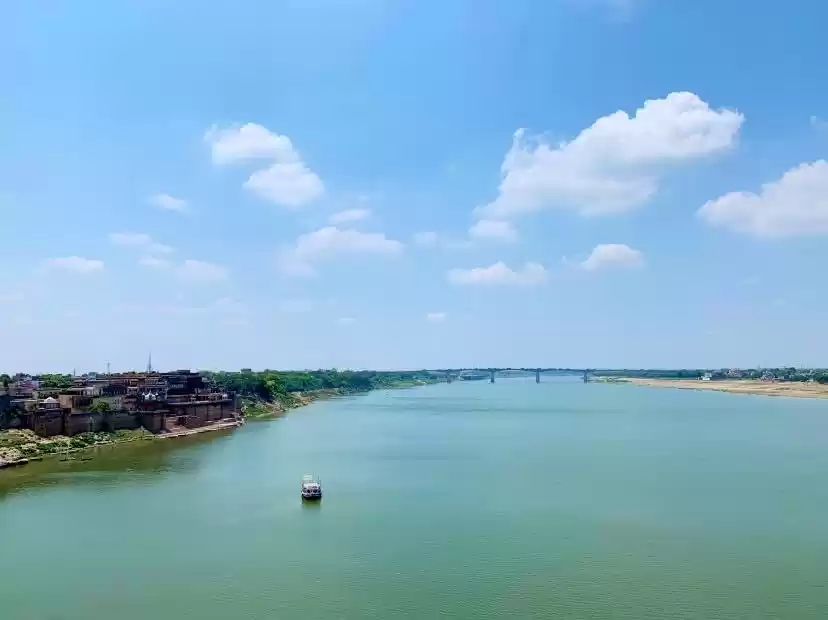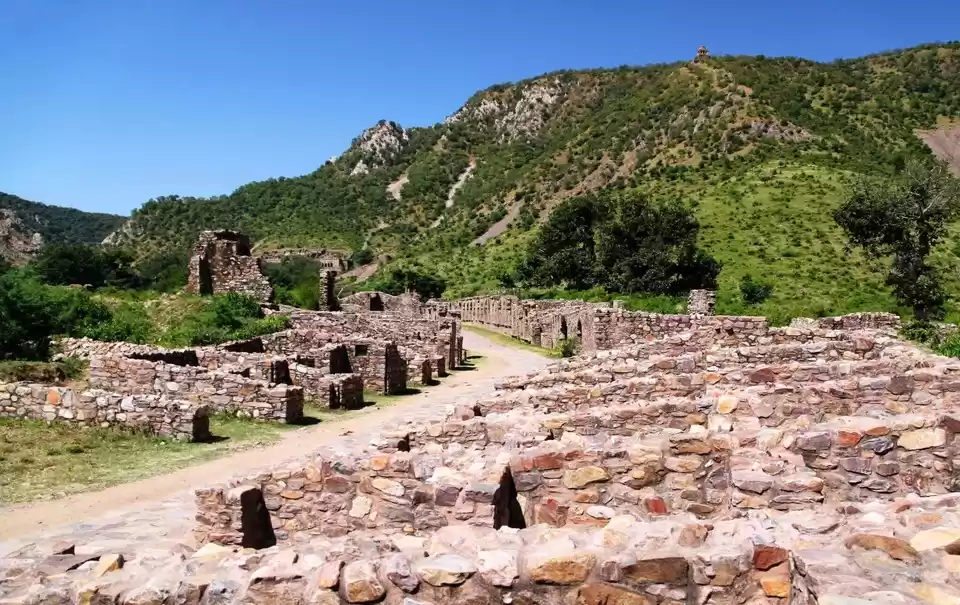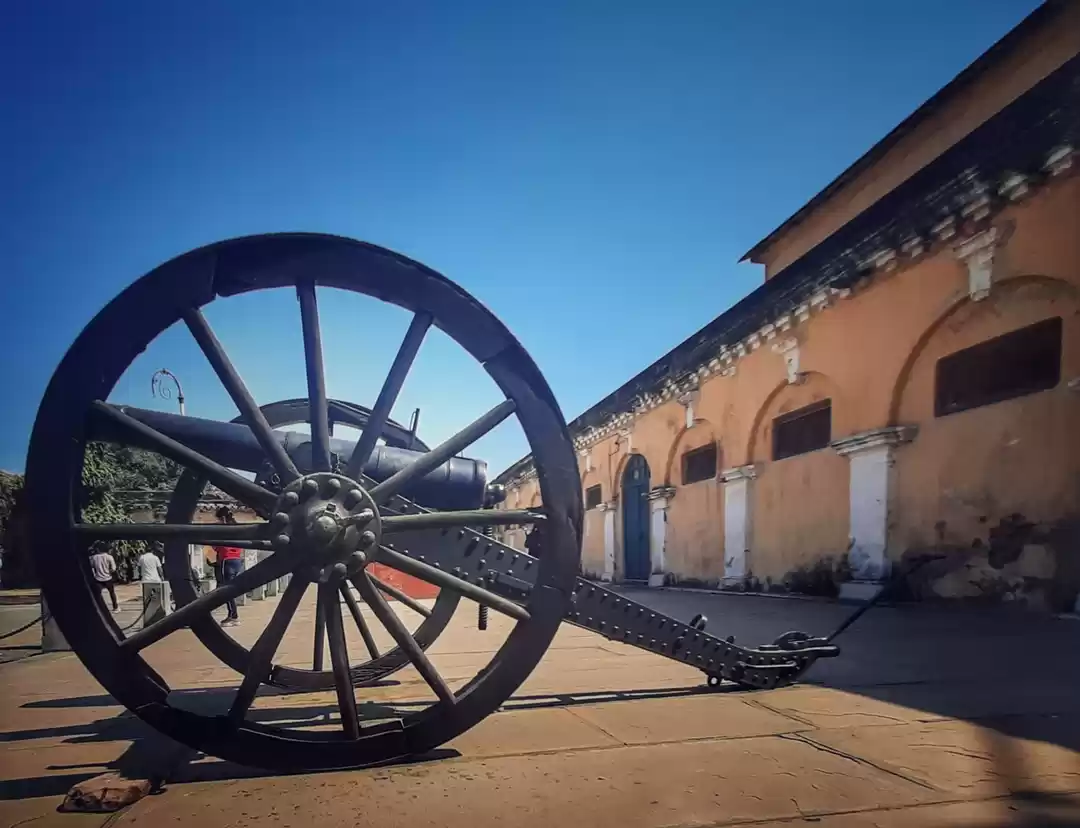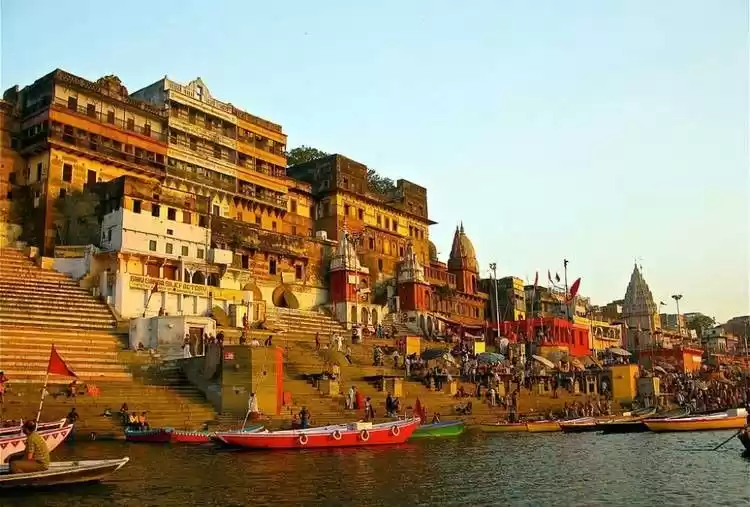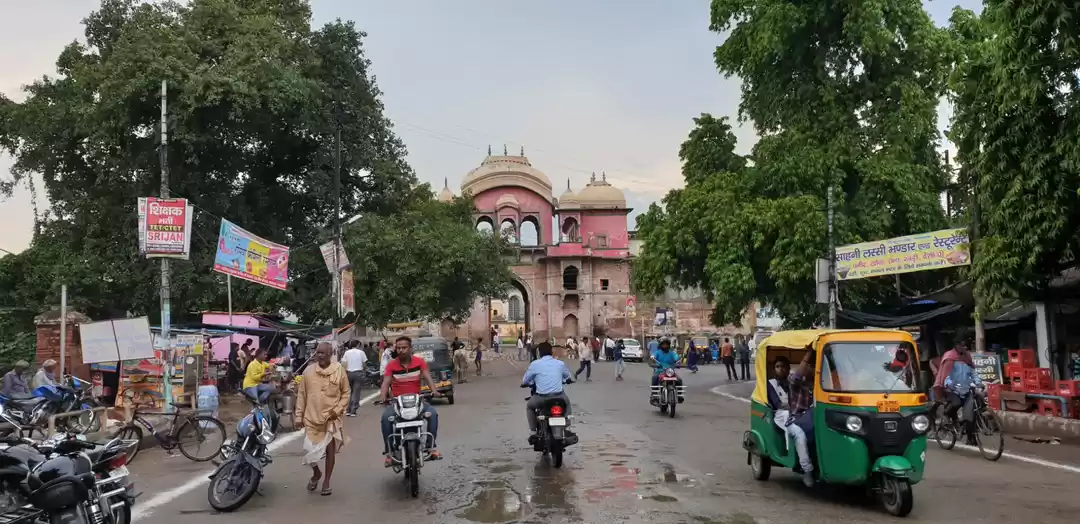Varanasi, also known as Kashi or Banaras, is one of the oldest and holiest cities in India. It is a city of temples, ghats, and culture, where millions of pilgrims and tourists flock every year to witness the spiritual and vibrant essence of India. But Varanasi is not only about the sacred river Ganga and the ancient shrines. It is also home to a magnificent fort and museum that showcases the rich heritage and legacy of the Kashi Naresh dynasty, the erstwhile rulers of Varanasi. This fort and museum is none other than the Ramnagar Fort, located on the opposite bank of the Ganga, about 14 km from the city center.
Ramnagar Fort is a historical and cultural treasure that offers a glimpse into the royal and regal lifestyle of the Kashi Naresh. It is a splendid example of Mughal and Rajput architecture, with intricate carvings, domes, pillars, and balconies. It also houses a museum that displays a collection of rare and antique items, such as royal costumes, vintage cars, manuscripts, paintings, and weapons. The fort and the museum are not only a delight for history and art lovers, but also for anyone who wants to experience the charm and beauty of this place.
In this article, we will tell you everything you need to know about the Ramnagar Fort and its museum, from its history, architecture, and significance, to its best time to visit, entry fee and timings, and nearby attractions.
History of Ramnagar Fort

The history of Ramnagar Fort dates back to the 17th century, when it was built by Maharaja Balwant Singh, the first ruler of the Kashi Naresh dynasty. He was a great patron of art and culture, and he wanted to create a grand and elegant residence for himself and his successors. He chose the site of Ramnagar, which was a strategic and scenic location on the banks of the Ganga, and named the fort after the Hindu god Ram, who is believed to have visited this place.
The fort also witnessed some important historical events and incidents, such as the Battle of Buxar in 1764, when the British defeated the combined forces of the Mughal emperor, the Nawab of Bengal, and the Nawab of Awadh. The fort also played a role in the Indian Rebellion of 1857, when it served as a refuge for the rebels and the royal family.
The fort is still the official residence of the Kashi Naresh, who is regarded as the religious and cultural head of Varanasi. The current Kashi Naresh is Anant Narayan Singh, who ascended the throne in 2009. He is also the patron of the fort and the museum, and he organizes various cultural and religious events and festivals in the fort, such as the Ganga Aarti, the vintage car rally, the Durga Puja, and the Ram Leela.
Architecture of Ramnagar Fort
The architecture of Ramnagar Fort is a blend of Mughal and Rajput styles, with influences from Gothic and Islamic elements. The fort is built of red sandstone, which gives it a majestic and elegant appearance. The fort covers an area of about 20 acres, and it is surrounded by a high wall and a moat. The fort has four main gates, namely the Darshani Gate, the Sarai Gate, the Lahori Gate, and the Ganesh Gate. The Darshani Gate is the main entrance to the fort, and it is adorned with a large clock and a flag.
The fort has a courtyard, where the royal ceremonies and functions were held. The courtyard is also the venue for the famous Ram Leela, a theatrical performance of the epic Ramayana, which is held every year during the Dussehra festival.
The fort also has several towers, pavilions, and temples, which add to the beauty and charm of the fort. The most prominent among them are the Rang Mahal, the Shish Mahal, the Phool Mahal, and the Chabutra.
The fort also has several temples, dedicated to various Hindu gods and goddesses, such as Ram, Sita, Lakshman, Hanuman, Shiva, Parvati, Ganesha, and Durga. The most important among them are the Ved Vyasa Temple and the Durga Temple.
Museum of Ramnagar Fort
The museum of Ramnagar Fort is one of the main attractions of the fort, as it displays a collection of rare and antique items, that reflect the royal and regal lifestyle of the Kashi Naresh. The museum is located in various sections and galleries of the fort, and it is open to the public from 10 am to 5 pm, except on Mondays and public holidays.
The museum exhibits a variety of items and artifacts, such as royal costumes, vintage cars, manuscripts, paintings, and weapons. The royal costumes include the robes, turbans, and jewels of the Kashi Naresh and their family members, which are made of silk, brocade, and gold.
How to Reach Ramnagar Fort
Ramnagar Fort is located on the opposite bank of the Ganga, about 14 km from the city center of Varanasi. There are various ways to reach the fort, depending on your preference and convenience. Here are some of the options:
By air: The nearest airport to Varanasi is the Lal Bahadur Shastri International Airport, which is about 25 km from the city. You can take a flight from any major city in India, such as Delhi, Mumbai, Kolkata, or Chennai, to Varanasi.
By train: The nearest railway station to Varanasi is the Varanasi Junction, which is about 6 km from the city. You can take a train from any major city in India, such as Delhi, Mumbai, Kolkata, or Chennai, to Varanasi.
By bus: The nearest bus stand to Varanasi is the Varanasi Bus Stand, which is about 5 km from the city. You can take a bus from any major city in India, such as Delhi, Mumbai, Kolkata, or Chennai, to Varanasi.
By boat: The most scenic and enjoyable way to reach the Ramnagar Fort is by boat. You can take a boat from any of the ghats in Varanasi, such as the Dashashwamedh Ghat, the Manikarnika Ghat, or the Assi Ghat, to the Ramnagar Ghat, which is near the fort.
Best Time to Visit Ramnagar Fort
The best time to visit Ramnagar Fort is from October to March, when the weather is pleasant and comfortable, and the fort and the museum are open for longer hours. This is also the time when you can witness some of the special events and festivals that take place at the fort, such as the Ganga Aarti, the vintage car rally, the Durga Puja, and the Ram Leela.
Entry Fee and Timings of Ramnagar Fort
Ramnagar Fort is open to the public from 10 am to 5 pm, except on Mondays and public holidays. The entry fee for the fort and the museum is Rs. 15 for Indian nationals and Rs. 200 for foreign nationals. The entry fee can be paid in cash, card, or online. The entry fee also includes a guide service, which is available in Hindi and English languages. The guide service is optional, but it is recommended for anyone who wants to learn more about the history, architecture, and significance of the fort and the museum.
Nearby Attractions of Ramnagar Fort
Ramnagar Fort is not only a historical and cultural treasure in itself, but it is also surrounded by some other attractions that are worth visiting. Some of the nearby attractions of Ramnagar Fort, that you can explore during your trip are Ramnagar Ghat, Chunar Fort, Vindhyachal Temple.
Ramnagar Fort is a historical and cultural treasure in Varanasi, that showcases the rich heritage and legacy of the Kashi Naresh dynasty. It is a splendid example of Mughal and Rajput architecture, with intricate carvings, domes, pillars, and balconies.
If you are planning to visit Varanasi, then you should not miss the opportunity to visit the Ramnagar Fort and its museum. You will be amazed by the history, architecture, and significance of this fort and its museum, and you will also enjoy the special events and festivals that take place at the fort, such as the Ganga Aarti, the vintage car rally, the Durga Puja, and the Ram Leela.






